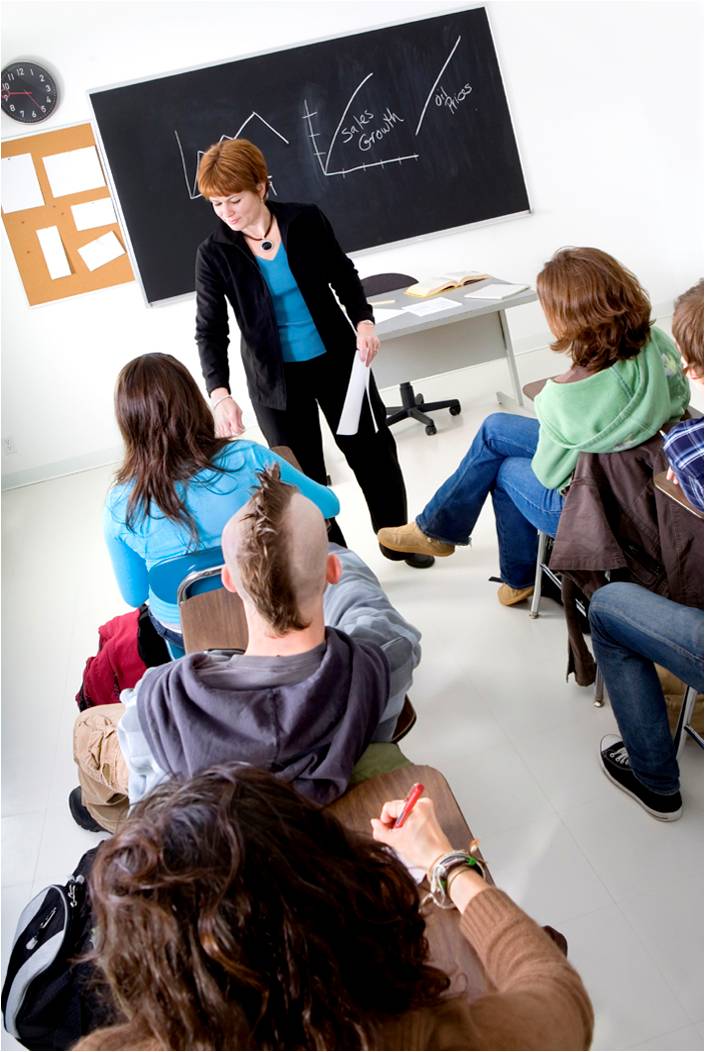Program Models and Descriptions
There are four basic Program Models of Conflict Management Resolution programs in the United States used in schools (named below and described in the Readings below). Knowing which model is the best fit for the program and the community is the purpose for conducting research in Conflict Resolution Management.
Program Models
- Curriculum Infusion
- Mediation Programs
- Peaceable Classroom
- Peaceable School Programs

Copyright 2004, Tricia S. Jones, Distribution without alteration is permitted. Alteration for personal use is not permitted.
1. Curriculum Infusion Model
Curriculum infusion is the process of taking any subject area and learning opportunity to teach the conflict concepts and conflict management lessons in that material. Teachers include conflict management principles and skill-building activities into the curriculum to provide students with the opportunity to learn to: understand and analyze conflict; recognize the role of perceptions and biases; identify feelings; identify factors that cause escalation; handle anger and other feelings appropriately; improve verbal communication skills; improve listening skills, identify common interests; brainstorm multiple solutions; evaluate the consequences of different options; and agree on win-win solutions. Teachers can include these skills in all subjects including art, health, language arts, reading, speech, writing, math, music, physical education, science, and social studies.
2. Mediation Programs Model
These programs use mediation as the primary conflict resolution process. Mediation is commonly described as a voluntary process in which a neutral third party, without any power to impose a resolution, works with the disputing parties to help them reach a mutually acceptable resolution of their dispute. These may include:
• Peer Mediation Programs: Student peer mediation programs train students to guide students through the mediation process. In some programs students are the mediators and in others, adults are the mediators. In order to achieve the most optimal results in one’s school when incorporating a peer mediation program, the national standards for peer mediation should be followed. A copy of these standards can be obtained by going to the National Association for Conflict Resolution’s website at: www.acrnet.org. These standards were devised by expert educators, researchers and practitioners across the U.S. based on lessons learned through research and evaluation of these programs over the last two decades.
• Cadre programs: These are independent groups of students trained as mediators.
• Curriculum linked: This may include an entire mediation class or the curriculum teaches students (non-mediators) about mediation so they can better use the peer mediation program and develop their own skills.
• Service Learning/Community Linked: High school or middle school peer mediators work with adult mediators in community college settings and/or they train elementary school mediators.
• Truancy Mediation: In this approach, adult mediators are used to mediate cases where students are truant. Tries to identify causes of truancy and negotiate alternatives for addressing the reasons students are not attending classes.
• Special Education: In Special Education Medication adults are trained to mediate disputes between parents/guardians and representatives from the school where there is disagreement or conflict about the form and nature of special services needed by the child. There is a national mandate related to the use of mediation to address disputes regarding special education in the classroom.
Program Model Descriptions Continue on Next Page
Licensed under the Creative Commons Attribution-NonCommercial-NoDerivs 2.5 License
Brought to you by CReducation.org.